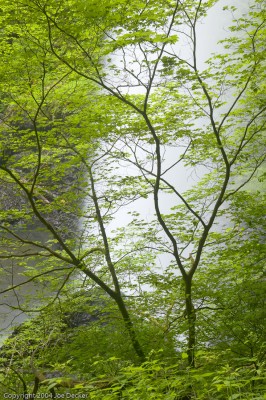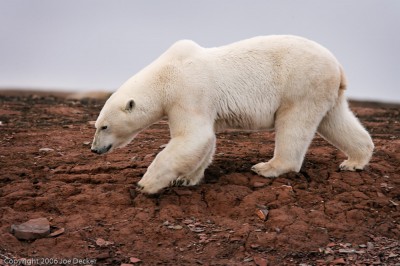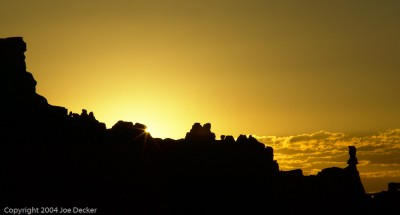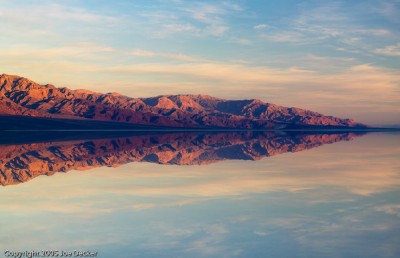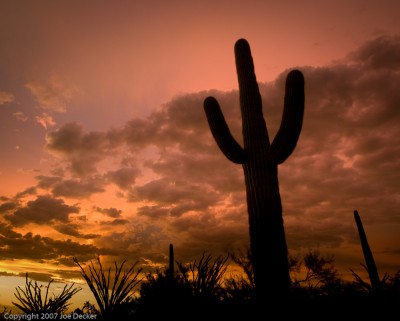Taking wedding pictures that stand out from the pack
I think it goes without saying that a professional photographer produces unique and creative images at a wedding that the ordinary guest can’t hope to duplicate. I’m saying it anyway because more and more I see people doing their best to do my job.
At a typical wedding there are 2,347 cameras. Everyone has a camera and everyone is taking snapshots. Then, all the snapshots go on Facebook for the world to see … right next to the shots that I have uploaded for my client. Also, the client sometimes uploads a ton of pictures from the CD I provide and they all mingle together in the giant Facebook stew of photography.
It’s easy to tell which pictures are mine. There aren’t many guests at a wedding using off-camera strobes for the formals or bouncing flash. However, there may be plenty of guests with decent, high-end camera’s taking snapshots. Many times these snapshots are good. So, what can I do to distinguish myself from these people? (more…)
